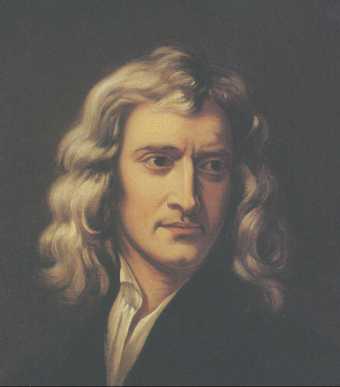|
|
|

|
|
|

The airstream arriving at the forward or "leading" edge of the airplane wing splits into two separate flows. One travels over the wing, and the other travels under it. The wing is shaped and tilted so that these two flows experience very different accelerations (increases of speed) as they travel around the wing.
The flow that goes under the wing meets a downward sloping surface that pushes it downward and it accelerates downward. In response to this downward push, the air pushes upward on the bottom of the wing and provides part of the force that supports the plane.
The air that flows over the wing follows a more complicated path. At first, this flow meets an upward sloping surface that pushes it upward and it accelerates upward. In response to this upward force, the air pushes downward on the leading portion (the front end) of the wing's top surface.
But the wing's top surface is curved so that it soon begins to slope downward rather than upward. When this happens, the airflow must accelerate downward to stay in contact with it. A suction effect appears, in which the rear or "trailing" portion of the wing's top surface sucks downward on the air and the air sucks upward on it in response.
This upward suction force more than balances the downward force at the leading edge of the wing so that the air flowing over the wing provides an overall upward force on the wing.
Since both of these air flows produce upward forces on the wing, they act together to support the airplane's weight. The air passing both under and over the wings is deflected (bent) downward and the plane remains suspended.